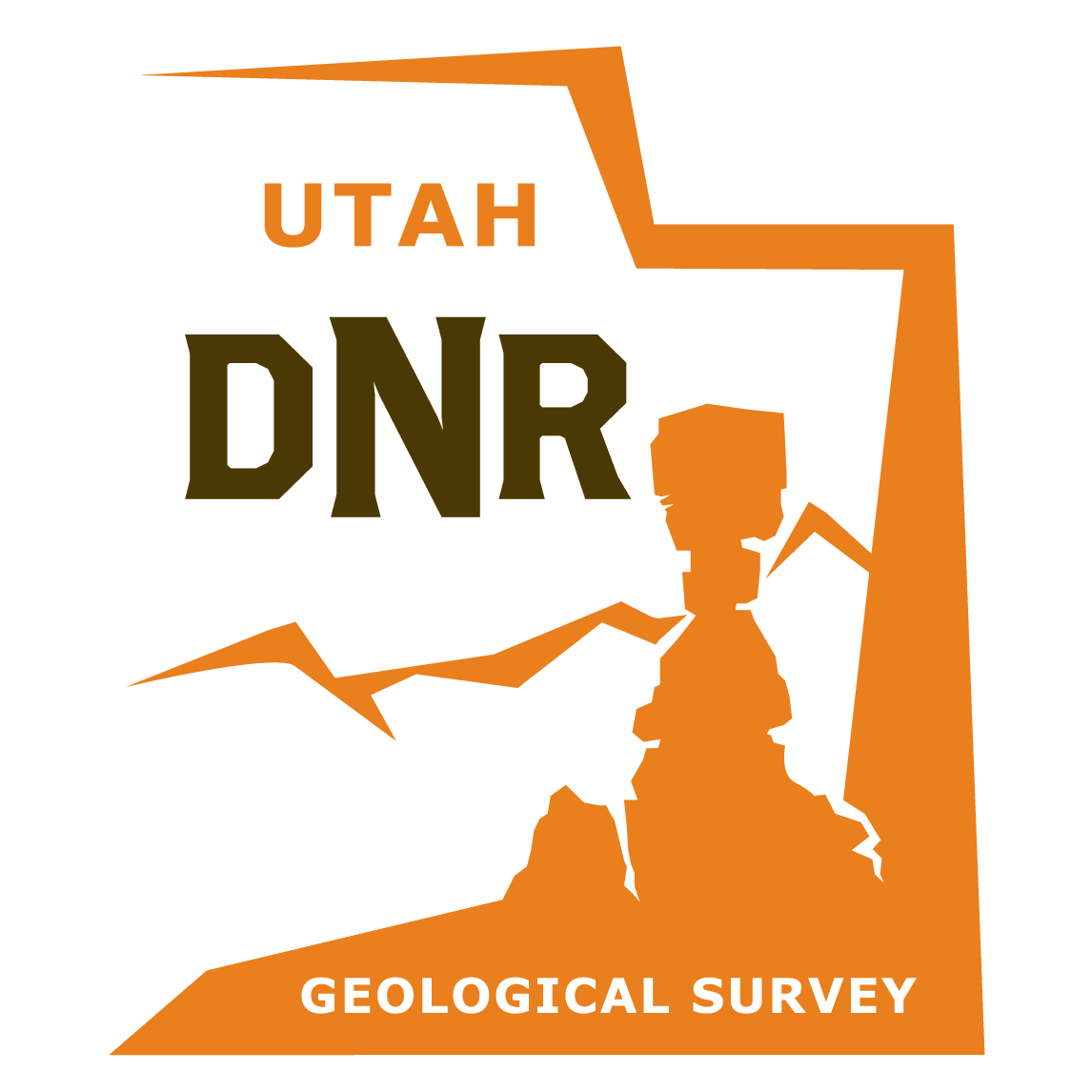Tag Archive for: utah
From hot cocoa to cold-bugs, many things seem to join us as we move indoors in the winter season. Radon gas is among this indoor migration, and it increases as temperatures drop outdoors. Check out this good read, and great reminder, to check the amount of Radon gases present in your homes.
Find more information on Radon gas HERE
upr.org
The onset of colder weather brings things indoors, including unwanted radon gas.
Check out this read for your mid-morning break—last week Utah State Paleontologist James Kirkland and UGS Paleontologist Don DeBlieux led the move of a 150-million-year-old petrified tree from nearby BLM land to the visitor center in Escalante Petrified Forest State Park. Stay tuned as we compile footage from the move!
sltrib.com
Escalante Petrified Forest State Park has one of the best collections of petrified wood in a natural setting in the country. But not everyone who stops at the park has the time, or the desire, to make a relatively short hike to see the collection.
Cooler weather is on its way, so we’ve got a cool “Glad You Asked” article to compliment the changing seasons! It’s a beautiful time of the year to get out into Utah’s geology. Maybe some of you have noticed these groovy rocks out on your outdoor adventures. What are those grooves in the rocks, and how did they get that way?
Read more about Glacial Striations and Slickensides HERE!
We know that #NationalFossilDay was yesterday, but we love fossils so much that we wanted to share this great article on Utah’s Greater Canyonlands dino treasures.
suwa.org
Today, October 15th is National Fossil Day! We celebrate it with the acknowledgement that as a repository of scientific discovery, Greater Canyonlands holds a treasure trove of found and yet-to-be-found paleontological secrets.
This CD contains the geologic map at 1:50,000 scale and a 19-page booklet, both in PDF format. The map covers six 7.5-minute quadrangles in the eastern part of the Duchesne 30’x 60′ quadrangle. The quadrangle is located mostly in the western Uinta Basin, with the northwest corner located along the southwest flank of the Uinta Mountains but the area mapped is centered on Roosevelt, Utah. The map area includes surficial deposits that range from historic to lower Pleiestocene piedmont alluvium, stream alluvium, and glacial deposits. Bedrock map units include the Duchesne River and Uinta Formations. Structural features include the axis of the Uinta Basin syncline (and associated folds), the basin boundary fault zone in the northern part of the map area, and the Duchesne fault zone in the southern part of the map area. The Duchesne 30’x 60′ quadrangle also contains an array of geologic resources including minerals, phosphate, sand and gravel, and gilsonite, but energy resources are the most significant with the giant Altamont-Bluebell and Monument Butte fields located in the quadrangle.
 By: Peter D. Rowley, Edward F. Rutledge, David J. Maxwell, Gary L. Dixon, and Chester A. Wallace
By: Peter D. Rowley, Edward F. Rutledge, David J. Maxwell, Gary L. Dixon, and Chester A. Wallace
This 27-page report analyzes new detailed (1:12,000 scale) geologic mapping of a 14 square mile area centered by the high-temperature (350°F) Sulphurdale heat source, which at the surface makes up a circular area about a mile in diameter that is likely caused by a magma body at depth. A former small steam-driven geothermal electric power plant in the circular area is being replaced by a larger plant (Enel Green Power North America) that will use binary technology. Five cross sections tied to and at the same scale as the map help interpret the likely extent of the geothermal resource. Sulfur derived from evaporites at depth was initially mined at a solfatara above the heat source; associated sulfuric acid seeped downward to remove the Kaibab Limestone and Toroweap Formation from the subsurface.




 GET IT HERE
GET IT HERE

